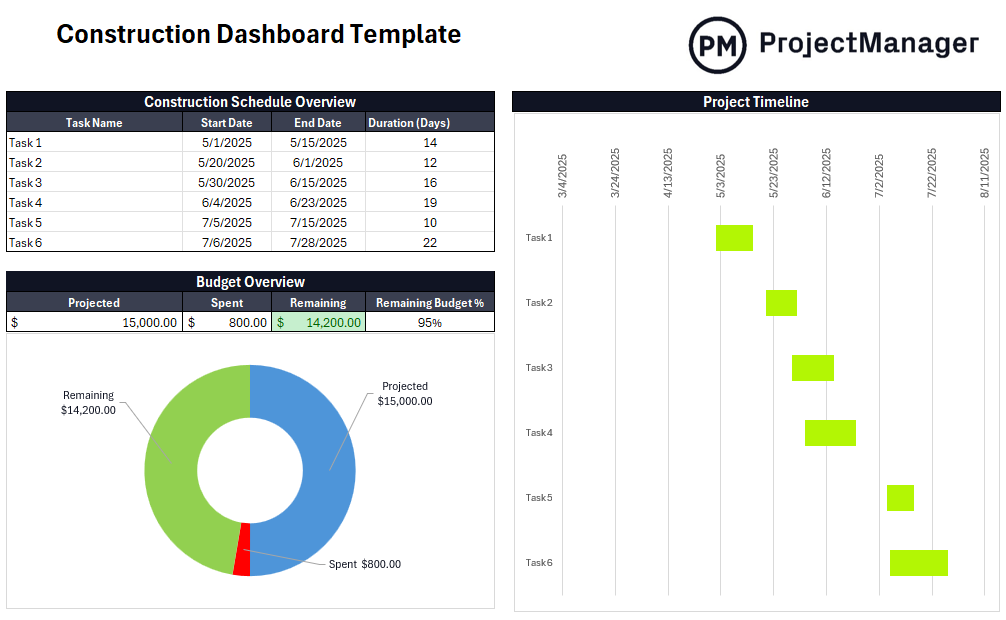Construction Project Management That Delivers Efficiency Without Compromising Quality
Your projects are expanding but your workload doesn’t have to. Our expert project managers streamline your construction operations, boosting efficiency, reducing delays, and keeping your builds up to 70% more cost-effective and organised.

Cost Solution delivers a structured offshore project management approach tailored for construction projects, covering project coordination, document control, RFI management, scheduling support, progress reporting, and stakeholder communication.
By leveraging skilled Filipino teams under continuous Australian oversight, builders gain stronger collaboration, scalable capacity, and up to 70 percent cost savings while maintaining accuracy, compliance, and full project control.


Project planning, programme control, cost tracking, RFI coordination, and reporting define offshore construction project management services, delivering scalability and cost efficiency that purely onshore teams often struggle to maintain.
However, success depends on disciplined governance, clear scopes, and Australian-standard oversight to manage communication gaps and quality risks.

Effective construction project management relies on structured planning and scheduling to define milestones, sequencing, resource allocation, and critical paths. In construction projects, this discipline minimises delays and cost overruns.
When delivered offshore, it enables continuous programme updates, scenario testing, and scalable support without increasing local overheads.



In construction project management, effective cost and budget control ensures accurate cost tracking, cash flow visibility, and early identification of variations. This discipline protects project margins and decision-making.
Delivered offshore, it provides consistent monitoring, faster cost reporting, and scalable financial support without increasing onshore operational costs.

Within construction project management, structured contract and document administration governs drawings, specifications, variations, approvals, and correspondence. This function reduces disputes, improves traceability, and supports compliance across construction projects.
When delivered offshore, it ensures consistent document control, faster processing, and reliable support without adding onshore workload.



Clear information flow between builders, designers, and consultants is critical in construction project management. Managing RFIs, design clarifications, and consultant responses prevents delays, rework, and cost escalation.
Delivered offshore, this service enables continuous follow-ups, structured tracking, and faster resolution cycles without overloading onshore project teams.

In construction project management, structured progress reporting and KPI tracking provide visibility over programme status, productivity, costs, and risks.
This discipline supports timely decisions and accountability. When delivered offshore, it enables frequent data updates, consistent dashboards, and scalable reporting without increasing onshore management overhead.



Effective coordination between distributed construction teams aligns workflows, responsibilities, and communication across locations. In construction project management, this reduces errors, delays, and duplicated effort.
Using an offshore model supports extended working hours, faster handovers, and continuous collaboration while maintaining alignment with onshore site priorities.
Offshore project management that keeps construction delivery under control is built on the Cost Solution Australia–Philippines model, combining Australian oversight with offshore delivery. This approach enables up to 70 percent cost savings while supporting planning, scheduling, cost control, reporting, and coordination aligned with Australian construction standards.
